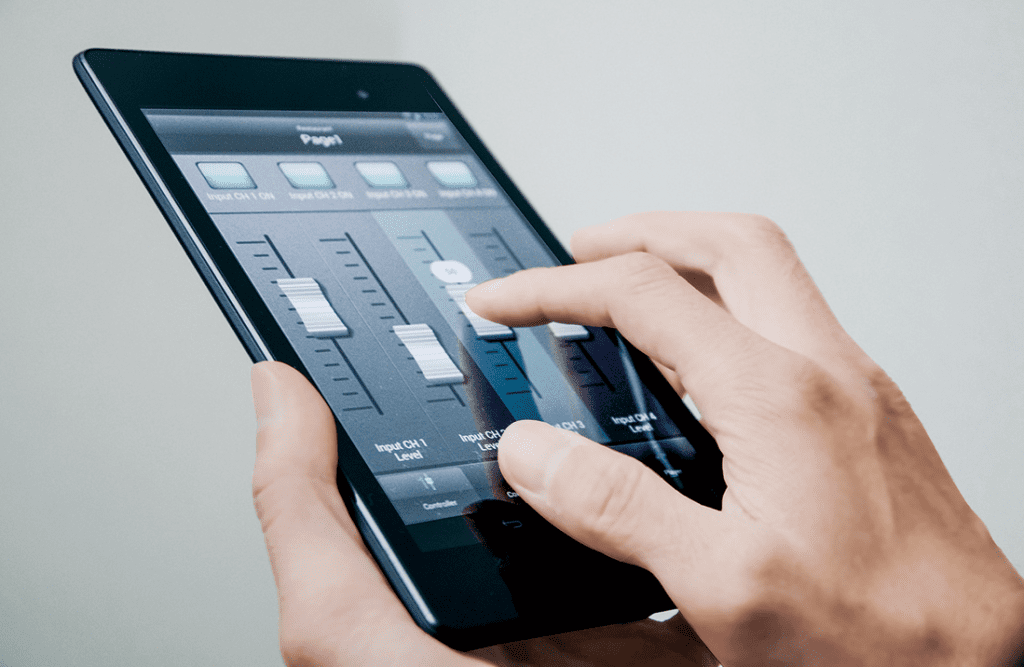In the early days of commercial tech, AV remote control tended to be whoever was closest to the projector or tape player — or whatever piece of gear that was in the room.
As AV equipment began to take a stronger foothold in the work environment, the era of individual remotes for every piece of equipment took over. AV equipment at that time was largely consumer electronics mainly used to play VHS tapes, cassette tapes and the like, and the products of that era were quite capable of doing the job.
Staff had the often-unenviable task of keeping track of each remote as well as making sure each one was clearly identifiable and remained with the gear. On top of that, maintaining an ample supply of batteries was also part of the task.
Related: Voice Assistants Are the Future of Control and Automation in the Workspace
AV Control Systems Take Over
As technology advanced and interconnectivity improved, the desire and, to a certain extent, the need to have a more comprehensive approach to AV remote control led to the design of AV control systems, which are common in today’s work environment.
Finding better ways to address a challenge is what spurs innovation, and in an industry that thrives on pushing the boundaries of technology, the environment is ripe with examples of AV remote control innovations.
Combine this mindset with the explosion in the use of tablets and smartphones across multiple platforms and the desire to adapt these technologies to the AV environment — and now AV remote control enters an entirely new era.
The Future (and Present) is in Mobile AV Control
In addition to the obvious convenience that tablets and smartphones provide, their use has also helped non-technical users to become more comfortable with using AV technologies in the workplace.
The ability to create highly configurable and customizable control surfaces that are intuitive to use can also bring a certain level of comfort in that a higher ROI on the AV technology investment made would be possible. [related]
AV remote control on the tablet and smartphone platforms, however, comes with some costs or at the very least, important considerations. Security is undoubtedly the number one concern.
From user rights management and password configurations to software updates (for both the apps and operating systems) that can render devices inoperative, to a backup plan in the event of a connection dropout or physical loss of a device, maintaining control of remote control devices has become more challenging to say the least.
In spite of these challenges, the benefits of highly customizable remote-control options outweigh the downsides, and this flexibility will continue to expand as technology continues to transform.
Like any AV system which is detailed and “built on paper” before any equipment is installed, the inclusion of tablets and smartphones for remote control in the AV environment must also be afforded the same level of design consideration before implementation.
Understanding the customer’s true needs and guiding them through integration and remote control best practices, will ultimately help provide customized tablet and smartphone remote control solutions that meet client needs while ensuring the integrator delivers a complete solution beyond the remote-control interface.











